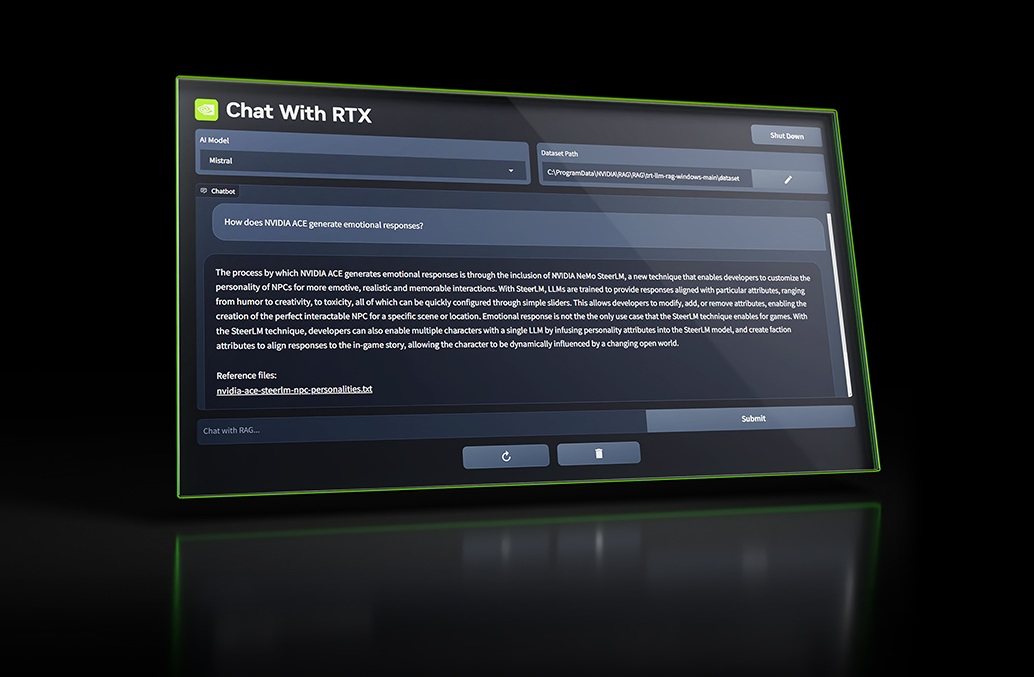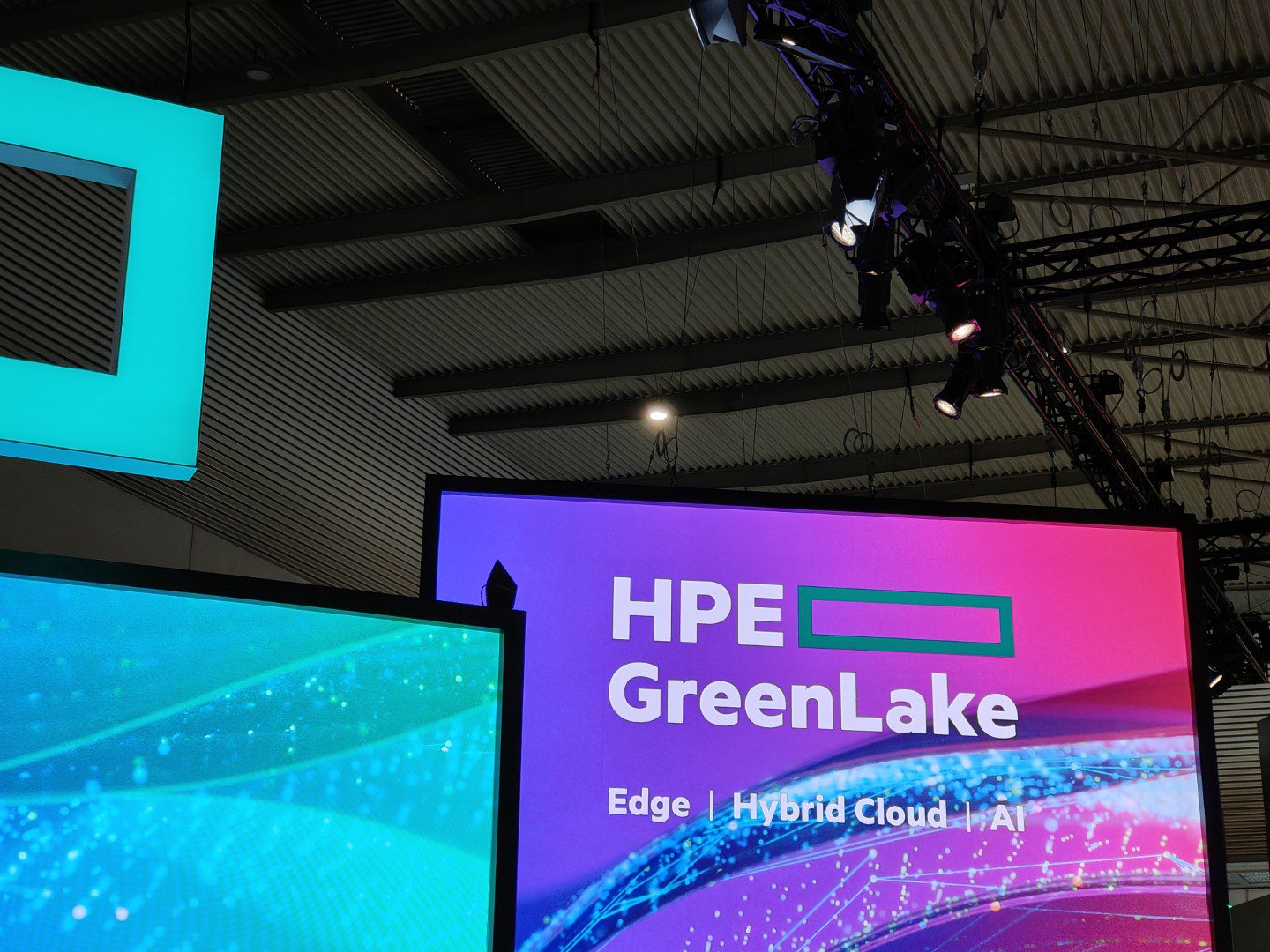NVIDIA AI Decoded is a new weekly series with which the green giant delves into various topics focused on artificial intelligence, a transformative technology that, as most of our readers know, has made a mark in the sector before and after, turning to one of the most important pillars modern society.
In this first installment, NVIDIA focused on reviews the beginnings of RTX technology, the developments they have experienced, the concept of AI and its role in computers and workstations. The democratizing artificial intelligence through its GeForce RTX GPUs This was another of the key points that NVIDIA emphasized, not forgetting about AI applied to creators and developers.
NVIDIA’s analogy of AI having its own “iPhone” couldn’t be more apt. This technology has completely shaken up the tech sector and promises to change the way we work, study, create and even relate. That transformation ability It has very few technologies and devices and AI and iPhone were two of them.
NVIDIA RTX: the origin of hardware-accelerated artificial intelligence

It was in 2018 that NVIDIA launched the first GeForce RTX graphics cards equipped with specialized hardware to accelerate ray tracing and artificial intelligence. The GeForce RTX 20 series featured first-generation RT cores for ray tracing and The second generation of tensor cores for accelerating artificial intelligence. There is an explanation for this, which is that the first GPU to have tensor cores for AI was the Volta-based GV100, which was only used in TITAN V.
I remember perfectly that NVIDIA was criticized at the time, but in the end the green giant ended up marking the path to follow. This risky venture allowed it to make very big progress in the world of artificial intelligence, becoming not only a giant in the sector, but also in a billion dollar company with growth projection and enviable firmness.
AI can be defined as a kind of intelligent computer which allows a program or machine to think, learn, and take actions based on that learning and those thoughts without having to have explicit coding for each of its actions. Data analysis and pattern recognition are the two fundamental keys in building any AI and give it immense versatility.
Today, the NVIDIA RTX ecosystem is present more than 100 million users and more than 500 applications harness the potential of AI, among which we can find both professional applications and games. In this sense, we can undoubtedly highlight the differential value represented by NVIDIA DLSS, a platform that uses AI to improve performance in games through three main keys: intelligent image resizing and reconstruction, image generation and ray reconstruction (intelligent noise reduction).
AI applied to games allows us to do this multiply the frame rate per second up to 5 times, although the raw performance that an AI solution is able to offer is measured in TOP, which stands for “trillions of operations per second”. The current generation of smart computers without a dedicated GPU that allows NPU connection can achieve performance between 10 and 45 TOP, while the most powerful GeForce RTX graphics card can exceed 1,300 TOPsand the most modest is around 200 TOPs.
The democratization of artificial intelligence

AI allows us to improve performance, but it has also enabled other important advances that show how valuable this technology is. Within the NVIDIA RTX ecosystem, we can highlight RTX Video, which uses AI to scale streaming video to higher resolution and display in HDR in a simple and fast way and is compatible with Chrome and Edge.
This also deserves a special mention Broadcasting NVIDIA, a free app that gives us access to artificial intelligence features to improve video conferencing and live streaming. With it, we can eliminate background noise, improve image quality and reduce image noise, maintain eye contact, enjoy automatic framing, and use high-quality virtual backgrounds.
Chat with RTX was also launched recently, customizable local AI which I had the opportunity to test, and it borders on a good level with quite modest hardware. I tested it with a GeForce RTX 4090 and with a GeForce RTX 4060 Mobile and in both cases the experience was perfect. NVIDIA Ace It is also another important example of what is possible with generative artificial intelligence.
AI for content creators and developers

Artificial intelligence also offers huge potential in the professional environment. With it, we can automate tasks and reduce working time and get access to features that make our lives easier. For example, in Adobe Premiere Pro we have a feature “Improve Voice”, which allows us to eliminate unwanted noise and improve the quality of dialogue in professional-sounding clips. This feature works up to 4.5 times faster on RTX hardware than on Mac, and we also have other valuable features such as “Auto reframing”, which intelligently identifies the most important elements present in the video and adjusts them to adapt to different screen formats.
Another of the most used tools, DaVinci Resolve Magic Mask, also exploits the potential of AI and hardware acceleration support on NVIDIA RTX graphics cards. Thanks to this technology, very complex workflows such as color and brightness adjustment and removal of unwanted objects and elements in the image have been simplified. Now, thanks to AI, these tasks These can be done automatically by simply drawing a line across the feature or object and the AI will take care of everything. The acceleration provided by the RTX platform increases performance by up to 2.5 times.
NVIDIA hasn’t forgotten about developers either. Artificial intelligence is changing and improving the way they create and build their applications, and in this sense those in green know how to play their cards well with solutions such as NVIDIA AI Workbench, which helps developers build, test, and customize generative AI models in less time and more easily using a regular computer. NVIDIA TensorRT will allow them to optimize the created AI models in a simple way, and they will also be able to use the TensorRT-LLM libraries for Windows.
















